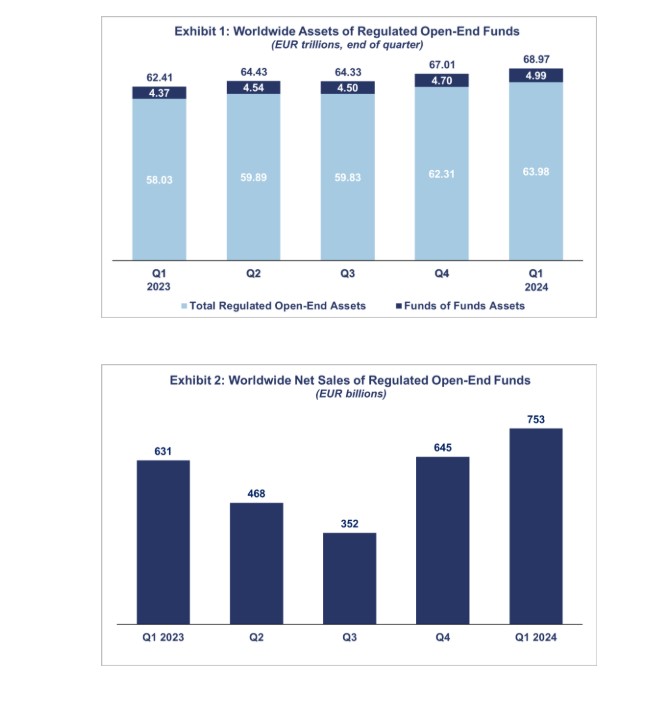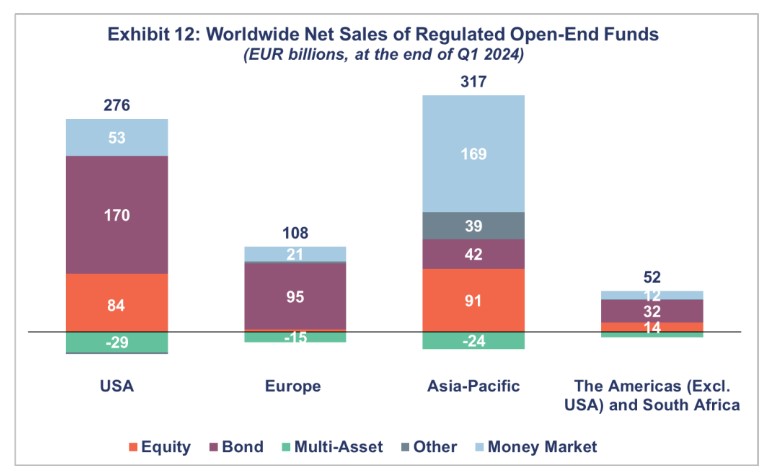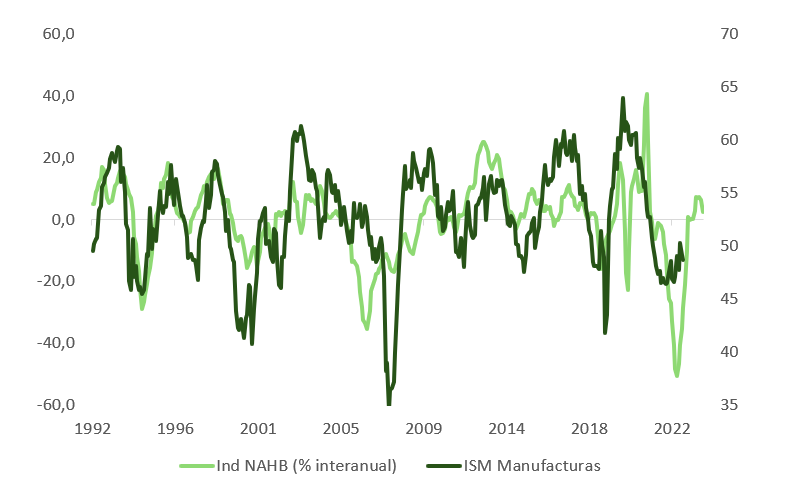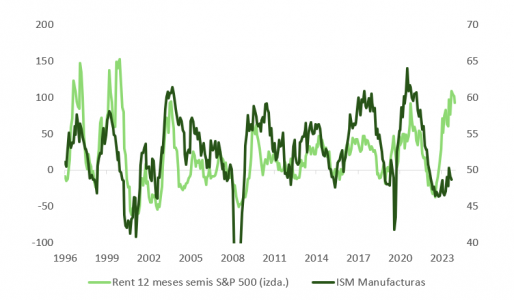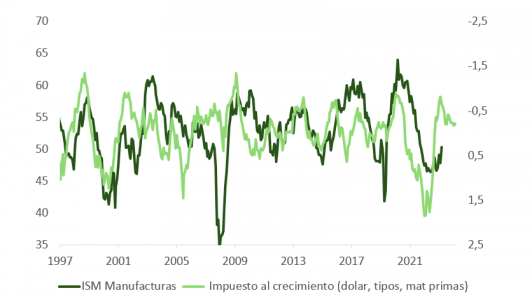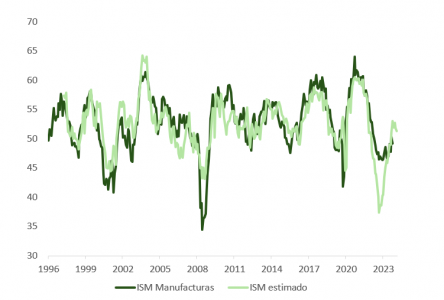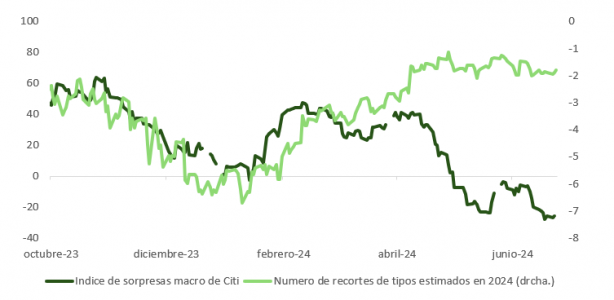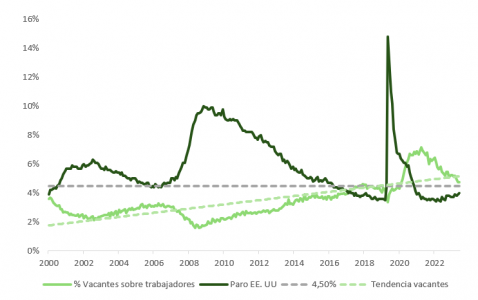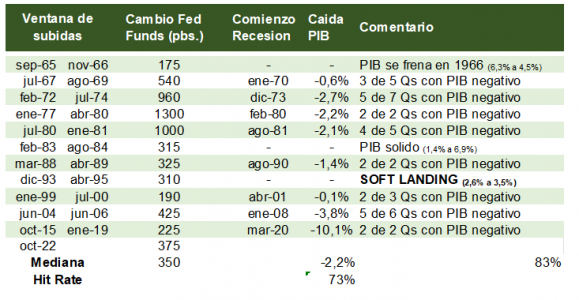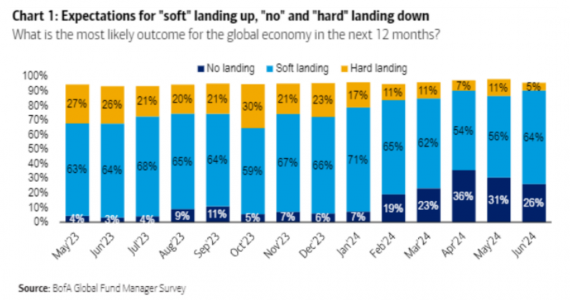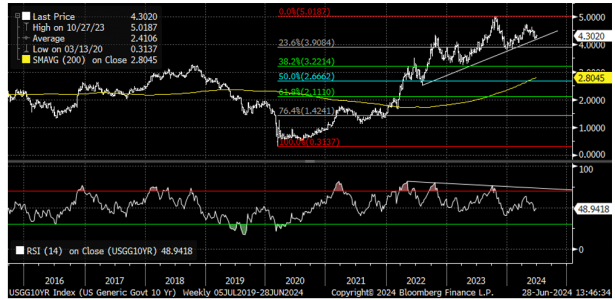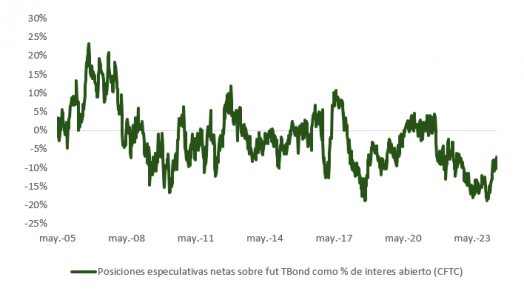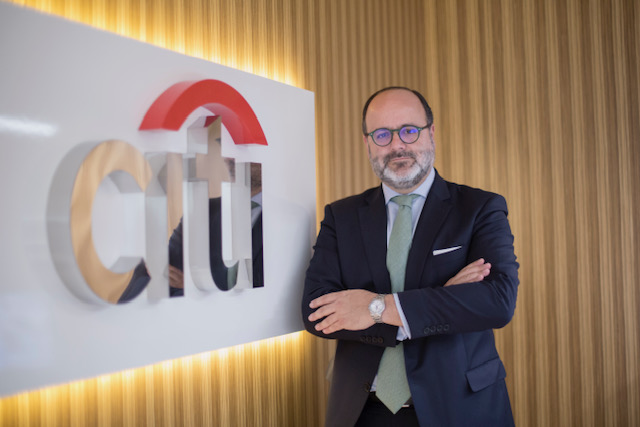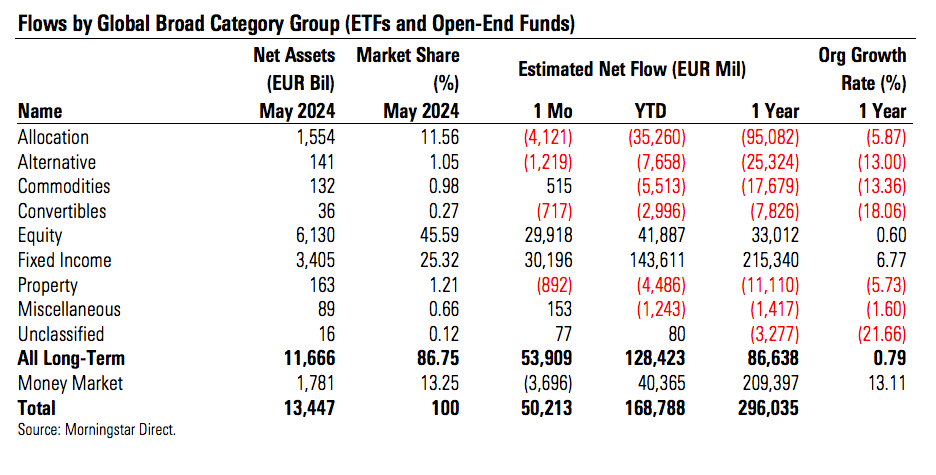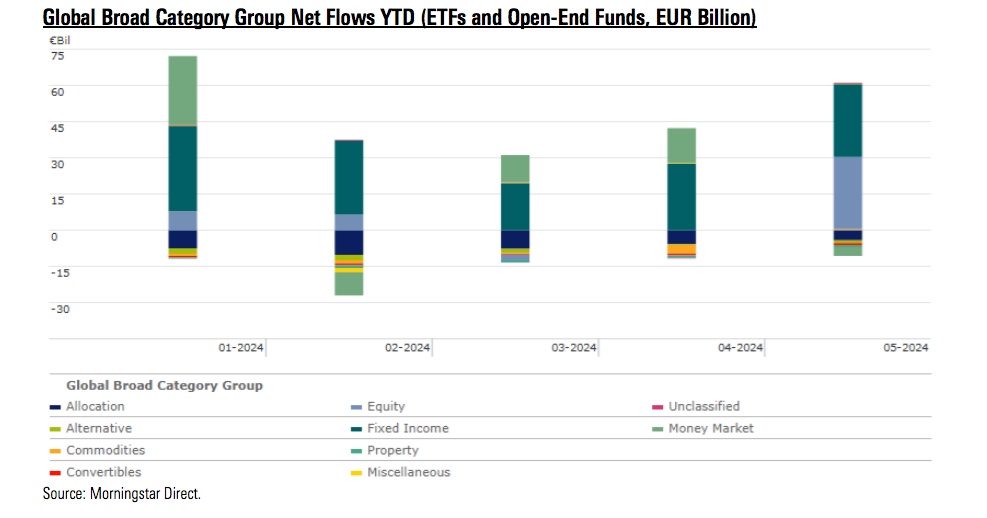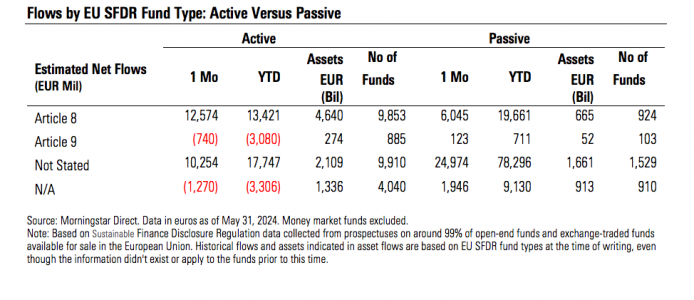Increasing the Appeal of British Equities: One of the Challenges for Labour as They Return to Power
| For Amaya Uriarte | 0 Comentarios

As the polls predicted, and pending the official results, the leader of the Labour Party, Keir Starmer, has won a landslide victory in the UK elections, ousting the Conservative Party after 14 years in power. According to early analyses from international managers, this victory brings clarity and stability to the markets, but Starmer will need to implement significant reforms, control inflation, and earn investors’ trust.
Rishi Sunak’s decision to call an early election has not paid off, leading to his resignation as the Conservative Party leader. Sir Keir Starmer is set to become Prime Minister. “Stock markets might have been alarmed at another time by a Labour government. However, there are two reasons why things are different this time: the party itself has significantly moved towards the center of the political spectrum, as indicated by its policy statements and manifesto; and secondly, investment markets have power over governments reliant on bond market funding. If Labour decided to further increase the UK’s budget deficit, a similar reaction in the bond market would likely occur,” points out Simon Gergel, Chief Investment Officer for UK Equities at Allianz Global Investors (AllianzGI).
PIMCO explains that the election outcome could affect the economy in two key areas: influencing economic demand through fiscal policies and enhancing long-term growth via supply-side policies. Peder Beck-Friis, an economist at PIMCO, notes that markets haven’t reacted much to this Labour victory, but they remain focused on growth, inflation, and monetary policy.
“Although the UK’s headline inflation has returned to its 2% annual target, core inflation remains high at 3.5% annually. We expect core inflation to continue falling as inflation expectations are anchored, the labor market has gradually relaxed, and fiscal policy remains tight. We also anticipate the Bank of England to start cutting rates soon, possibly in the upcoming August meeting. Looking ahead, financial markets expect rate cuts in line with the US Federal Reserve. However, we see the possibility of faster cuts in the UK due to low growth and strict fiscal policies,” says Beck-Friis.
Increasing the Appeal of Equities
For Ben Ritchie, Head of Developed Market Equities at abrdn, one of the new government’s main priorities should be increasing the appeal of British equities for domestic and international investors. “One of the quickest and most effective ways to achieve this is by removing the stamp duty on British stocks, making the UK more competitive, rewarding savers, and attracting much-needed foreign investment,” he notes.
According to Ritchie, Labour’s pro-growth agenda is key to generating the tax revenue needed to fund public services, with private capital playing a vital role in supporting investment. “If the new government gets it right, the companies most exposed to the British economy will benefit, boosting morale for companies in the FTSE 250 and FTSE Small Cap. With a little more patience, investors could finally be rewarded,” he adds.
Matthew Beesley, CEO of Jupiter AM, states that the British market has solid underlying fundamentals and is trading near historic highs. However, at the same time, valuations of British stocks are at historic lows due to political uncertainty in recent years. “There are many reasons to expect the new government to initiate a period of political stability, prioritize the Edinburgh reforms, and take responsibility for a clear industrial growth strategy that consolidates the UK’s recovery and makes it a key focus for international investors again,” he says.
Mark Nash, Huw Davies, and James Novotny, investment managers in the Absolute Return Fixed Income team at Jupiter AM, believe that Labour will have to convince both the market and the electorate that they are fiscally prudent while improving the poor state of British public services and the anemic productivity and growth profile, which they warn “won’t be easy.”
What to Expect from Gilts
For Jupiter AM managers, growth will be their “get-out-of-jail card,” easy to say but hard to deliver. “They are likely to place their hopes on a better trade deal with the EU to reduce border frictions and also on the liberalization of UK planning laws. If successful, this could rekindle hopes for greater growth in the UK and less inflationary pressure. Despite the UK’s fiscal position, we believe gilt yields seem cheap compared to other countries with weak fiscal positions (e.g., France), so it is very likely that there will be some flows into gilts from other troubled sovereign bond markets now that our elections are over,” they argue.
They also note that “Labour’s victory means we have entered a period of relative stability in British politics. The UK could well appear as a haven of political stability, a landscape very different from the years following the Brexit referendum.”
Gordon Shannon, manager at TwentyFour AM (a Vontobel boutique), adds: “British treasury bonds, gilts, remain almost unchanged across the curve today, demonstrating that Labour’s landslide victory was well anticipated. From a fixed-income market perspective, Labour’s fiscal and spending policies equate to the status quo, so we do not expect any internally generated political volatility this year. Instead, the market will continue to focus on the inflation path and interest rates.”
As PIMCO’s economist points out, the forecast is for the Bank of England to cut rates. Therefore, Beck-Friis believes that gilts are currently trading at attractive levels, “especially compared to US Treasuries.” He adds, “Across the curve, we still believe that intermediate rates are the sweet spot for taking positions in interest rates.”
Impact on Industry
Lastly, from abrdn, Christian Pittard, Head of Closed-End Funds and Corporate Finance Director at the manager, reminds that the new government must “urgently” consider fixing the cost disclosure rules that are hindering the closed-end fund sector in the UK.
“There is nothing to lose and much to gain, at zero cost to the public treasury, while boosting investor confidence and investment in the UK. Closed-end funds are an essential source of capital for major real estate, specialized equity, infrastructure, and renewable energy projects, which, according to political consensus, are necessary to drive the country’s growth,” he points out.
According to Pittard, the “misleading and unhelpful” cost disclosure rules for investment funds are “strangling investment” in these productive areas and must be addressed immediately. “Reforming the UK’s capital markets cannot be done without solving this puzzle, given that the sector represents around 36% of the FTSE 250, according to the London Stock Exchange,” he adds.
From abrdn’s perspective, this reform must go further and promote a national culture of saving and investing that brings even more capital to grow our economic pie. “The stamp duty on British stocks and UK-domiciled investment funds has distorted capital flows, putting the UK at a competitive disadvantage compared to its international peers and further hindering economic growth. By cutting this unfair and distorting tax, the new government could make significant strides towards creating the healthy and competitive investment environment the country so desperately needs,” concludes Pittard.



